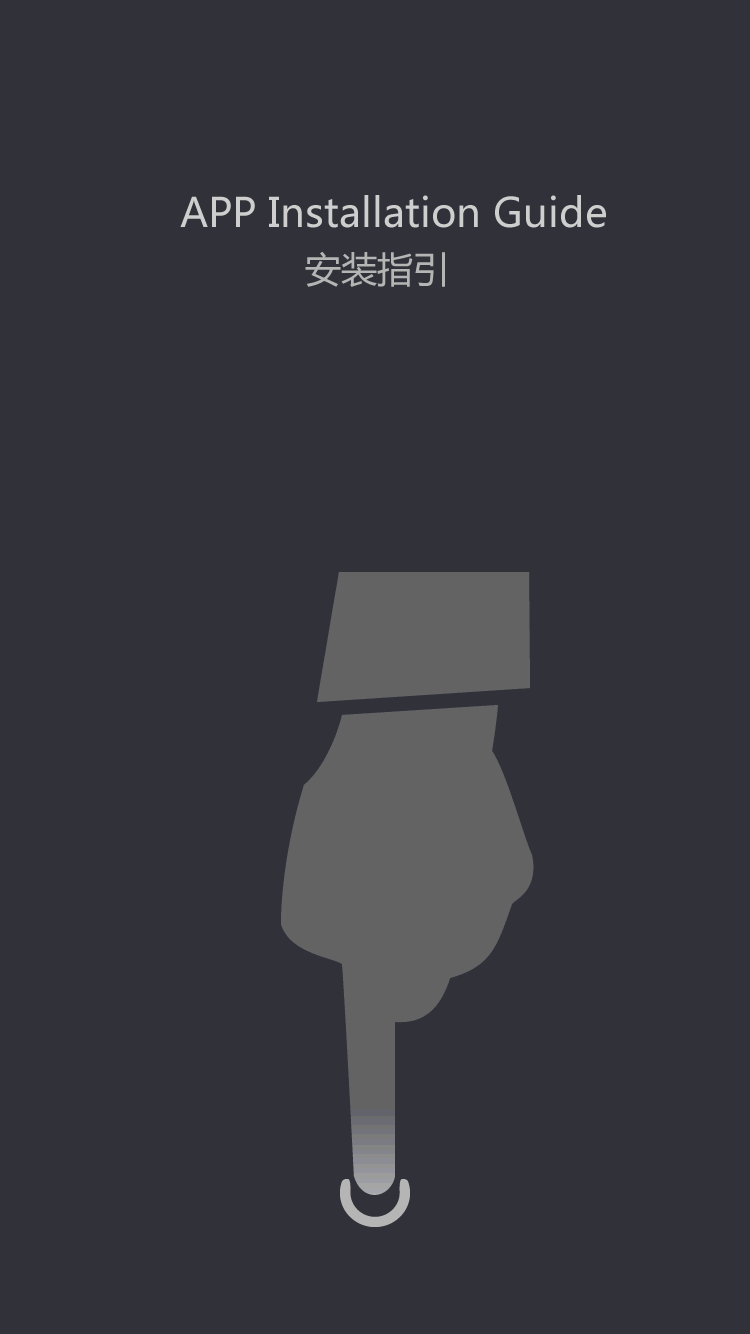Fiber Optic Tools & Test Equipment
Users could find that the cost of owning all this costly tools just isn't economic. It may be preferable to maintain a cheap take a look at set consisting of a VFL and OLTS at every finish of the hyperlink and having an skilled contractor on call for restoration. For every set up, an inexpensive amount of extra cable and installation hardware ought to be set aside in storage for restoration. Some customers retailer the restoration supplies along with documentation in a sealed container prepared to be used.
I t's been virtually 30 years because the first industrial use of fiber-optic cable for the transport of a broadcast television signal. In 1980, broadcasters of the Winter Olympics, in Lake Placid, New York, requested a fiber-optic video transmission system for backup video feeds. Because of its quality and reliability, the fiber-optic feed quickly became the first video feed, making the 1980 Winter Olympics the primary use of fiber optics for a stay tv manufacturing in history. Inspection and testing of the installed cable plant shouldn't be left till after the job is completed.
Testing continually throughout installation can find and fix issues such as cable stresses or high termination losses earlier than these problems turn into widespread. Each installer doing testing ought to have documentation with loss finances calculations and acceptable losses to make use of for evaluating the test results. Installers should be double-checking each other’s work to ensure quality. Major users of fiber optics have restoration plans in place, personnel trained and kits of supplies ready for use. It’s doubtful that most premises customers are prepared for such contingencies.
Remember that the fiber optic patchcords that connect the electronics to the cable plant may be broken also, however aren't considered repairable. Repair requires having the best instruments, provides and trained personnel out there. Besides the take a look at gear needed for troubleshooting, you need tools for splicing and termination, which may embrace a fusion splicer for outside plant cables.
Television production and broadcast engineers have always sought out one of the best expertise for media events such as the Olympics. In the Eighties, fiber-optic transport was launched to the television business. Today, fiber optics are used in all aspects of production and distribution of video and audio signals.
IP techniques can have points with compression artifacts and latency as a result of restricted network bandwidth, but they're easy in design and configuration. Another application is where many channels of video and audio are combined together over one fiber for backhaul feeds, cable tv, widespread carrier or telco. The system uses time-division multiplexing to mix groups of eight channels of video with audio into single wavelengths. The optical multiplexing technology is used to combine the wavelengths with teams of eight videos onto one fiber. The mixed strategy of TDM and CWDM offers a fiber transport capacity of more than one hundred forty four video channels on one fiber.
Then up to eight channels of video, audio and information are combined as soon as again utilizing TDM into a single fiber-optic signal. Two TDMs are required to move sixteen channels of video over one or two fibers. The 16 channels of TDM video are then decoded on the receiving end using three or more rack units of equipment. The present development is the transport of video, audio and data over an IP or Ethernet community. These techniques require compression and a excessive-bandwidth infrastructure to maneuver many alerts at one time.


































![[Dry Goods] how to avoid electrode rod after fusion black?](https://img5811.weyesimg.com/uploads/tumtecchina.com/images/15840915146146.jpg?imageView2/2/w/1920/q/100/format/webp)







































